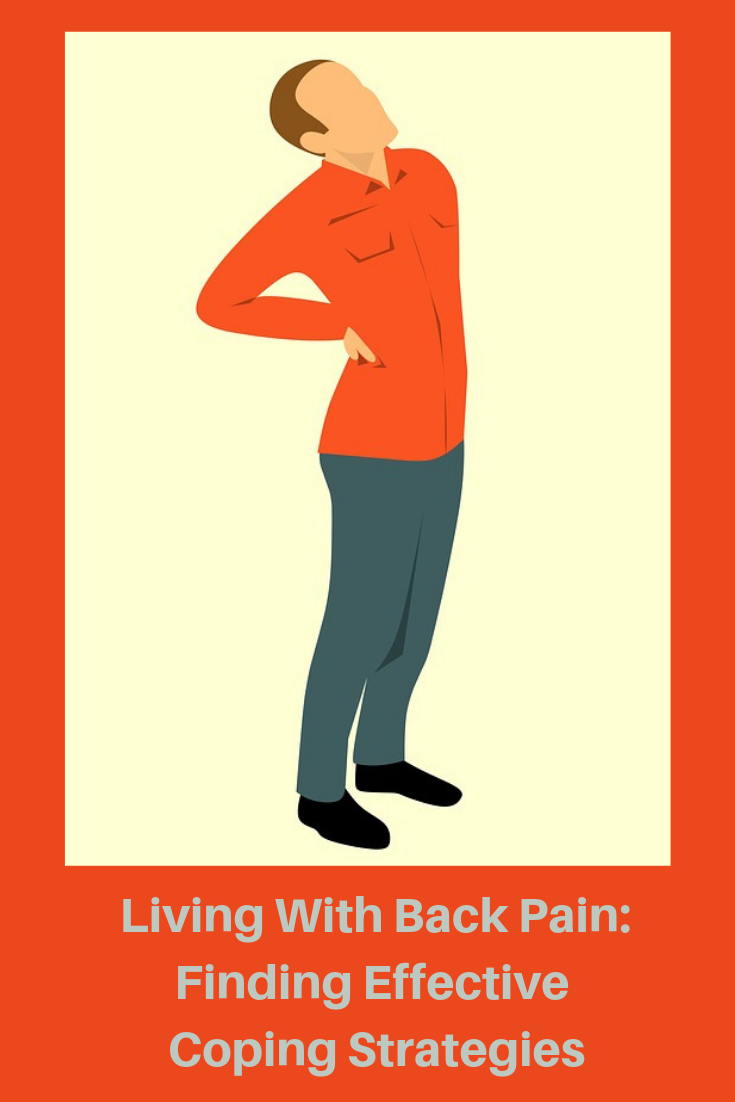Back pain can be a very limiting problem that restricts your ability to perform the most basic functions and forces sufferers to make significant alterations in lifestyle. Mobility is affected, and it may be very difficult to sleep through the pain at night, leaving you tired and adding fatigue to your physical discomfort during the day. It’s a bad situation because good restful sleep is crucial to your mental health and emotional well-being. With back pain, it may be necessary to employ some strategies to help you compensate for the pain and the obstacle it poses for getting the sleep you need.
The Right Sleeping Position
People with persistent back pain twist and turn throughout the night while trying to find the right position, one comfortable enough to allow sleep to come. It can take time, but you know your body better than anyone, so try several positions before settling on the one that works best for you. Don’t try sleeping on your stomach, which places additional strain on your back; instead, try sleeping on your side with a pillow between or underneath your legs. If you’re a back sleeper, place the pillow underneath your knees or put a rolled-up towel beneath your lower back.
Mattress
The right mattress can make all the difference for people who struggle with a physical sleep impediment. You may have heard that a hard mattress is the best because of the support it provides, but beware if you suffer from back pain: a hard mattress may exacerbate your problem, while a too-soft mattress may create other problems. Ultimately, the right mattress is the one that helps you get to sleep.
Strengthen the Lower Body
The stronger you can make your lower body and core, the better you’ll be able to minimize and cope with back pain. That means strengthening your hip, abdomen, and pelvic muscles, which will reduce the likelihood of spasms or a painful strain. A strong core and lower body making it easier to rest comfortably at night.
CrossFit workouts also help to build the lower body muscles.
Practice Yoga
Improving muscle strength and flexibility is a good way to counteract the pain and mobility problems that back pain can cause. Yoga is best described as a series of poses, some of which are more strenuous than others, so make sure you’re doing a form that won’t worsen your problem. Remember that yoga should never cause pain, so cease doing any yoga exercises that aren’t comfortable. Try using cushions or pillows specially designed to help make yoga poses easier to perform.

(Pin the above image to share this post)
Diet
Don’t neglect your diet if you have back pain. It may not seem like a very direct way to deal with your problem, but the right foods can improve bone, muscle, and joint health. Incorporate fruits such as mango and oranges, as well as vegetables like broccoli and cauliflower. If you can, look for ways to incorporate ginger and bone brother. Additionally, calcium-rich foods and supplements may also prove helpful.
Take It Slowly
By this point, you’ve probably discovered that it’s necessary to take it slowly when getting in and out of bed. Moving too fast may cause a painful strain, worsening an already painful condition. Avoid bending at the waist; instead, roll onto one side and, using your arms, push your way onto the bed. Swing your legs over the side and stand slowly and gradually in the morning.
There are a number of self-care strategies you can employ to avoid over-medicating as a way of coping with chronic back pain. Exercise and diet are good for strengthening your base, but it’s also important to avoid any sudden or jerking movements as you move around and get in and out of bed.
Note: I would like to thank Cheryl Conklin for the guest post.
Cheryl Conklin is a freelance writer and tutor by trade and a blogger, adventurer, traveller, and creator of wellnesscentral.info in her free time.


Important points in this article that we should be aware of about living with back pain and finding effective coping strategies. This would really be a huge help. Thanks for sharing this great article.